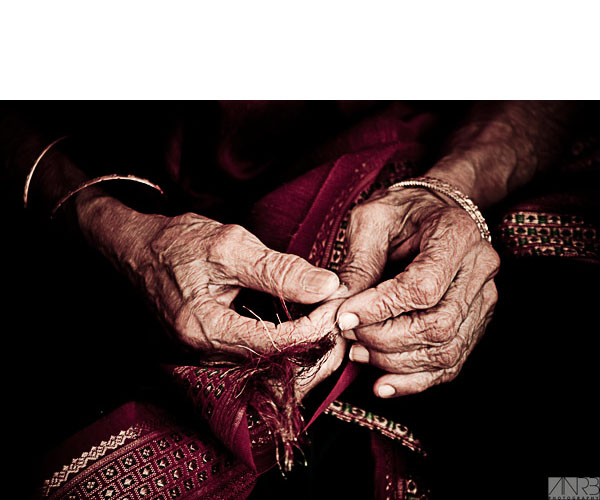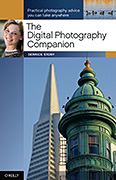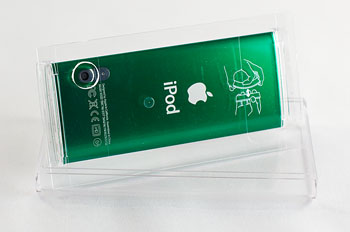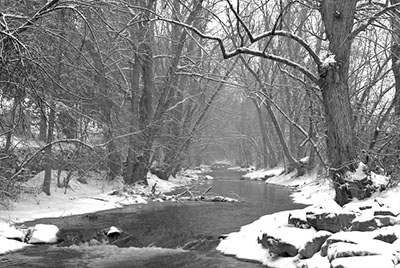As I look into my crystal ball for 2010, I predict we'll have new versions of many of the heavy-hitter software applications that we depend on for photo management and processing. How those new releases match up with the way we shoot will impact people on both sides of the equation.
Sometime during 2010, my guess is that we'll see Photoshop CS5 with updated versions of Adobe Camera Raw and Bridge. Lightroom 3 will probably come out of beta and on to the shelves. And Aperture 3 will most likely debut too. The big question is, how will those new applications match up to our evolving photography?
For example, I want one application that has Raw support for all of my cameras. I want to be able to catalog my video as well as my still pictures in the same environment. And I want integration with the other applications and services I use.
What's on your application wish list for 2010? If you have specifics that are important to you, please share them in the comments below.
Happy New Year! (It's going to be an interesting one...)
-


























